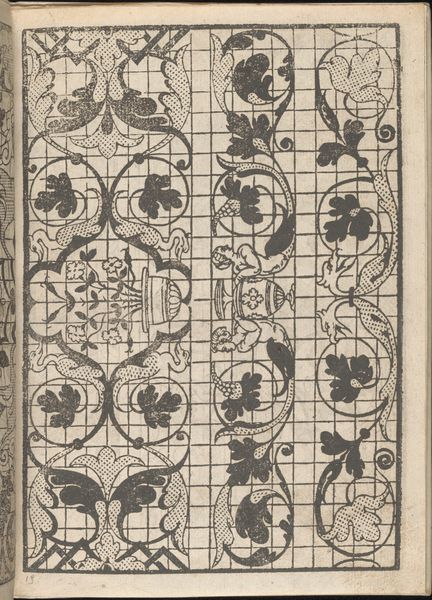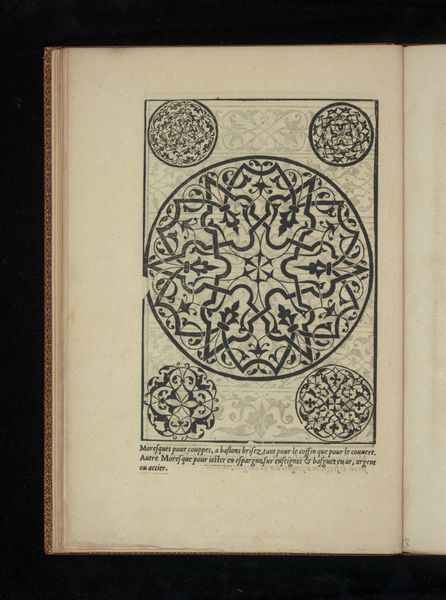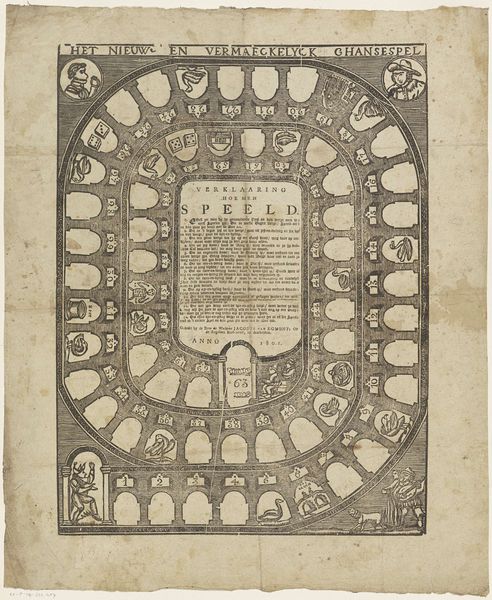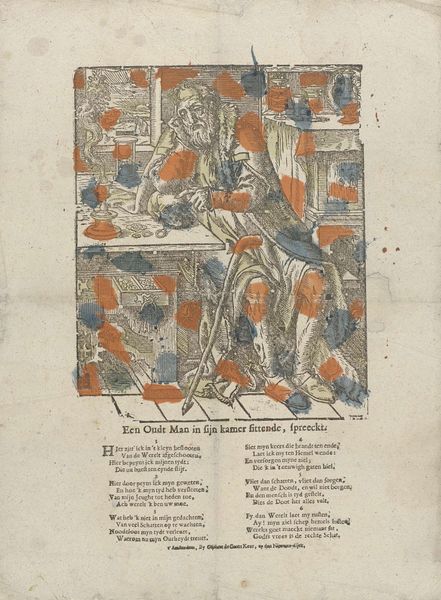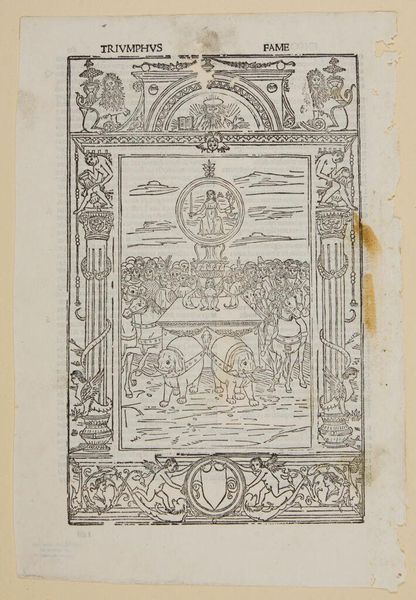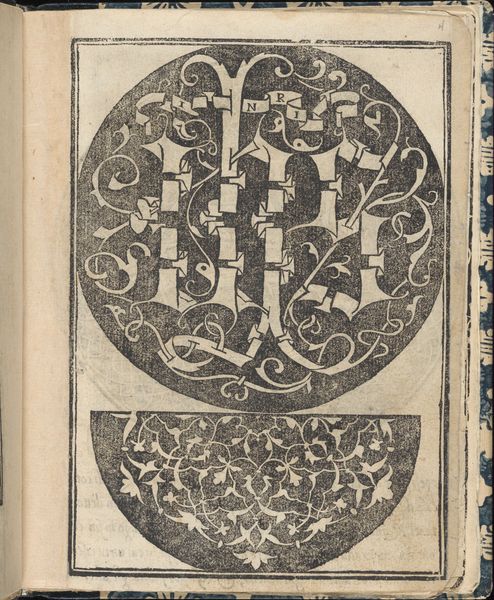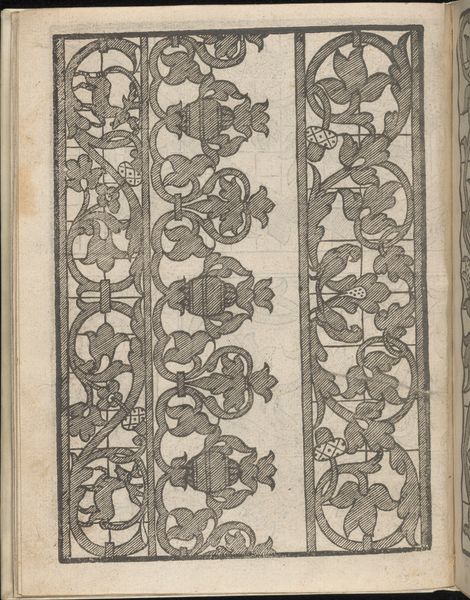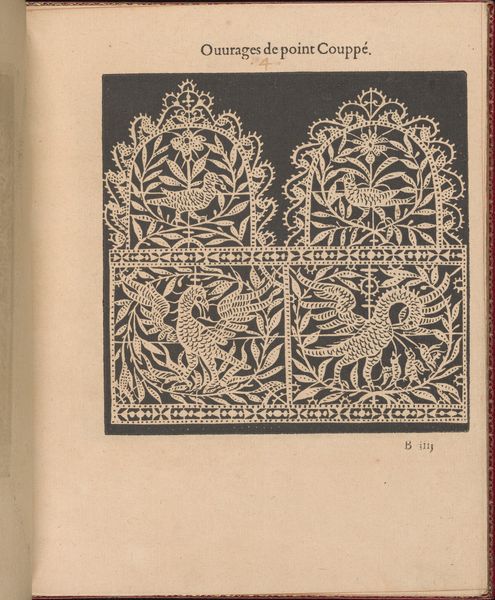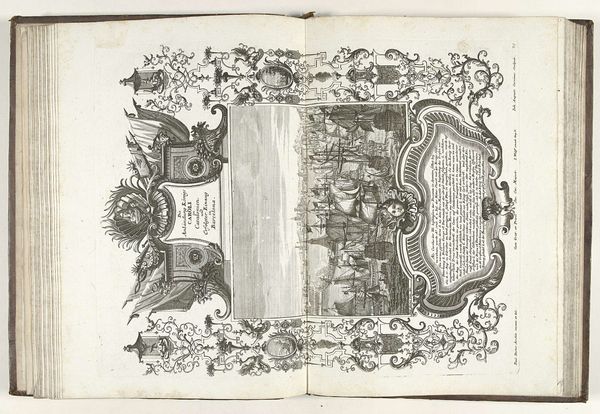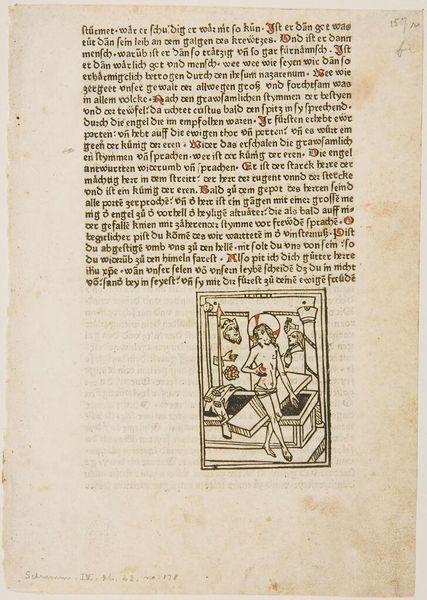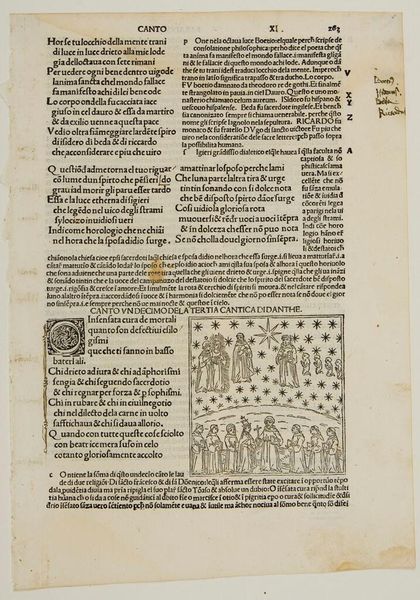
Illustration from Johannes Andreae, Arbor Consanguinitatis c. 16th century
0:00
0:00
Copyright: CC0 1.0
Curator: This image is an illustration from Johannes Andreae’s "Arbor Consanguinitatis," or Tree of Consanguinity. The artist is, sadly, unknown. Editor: It looks like a dense, if somewhat static, family tree. The circular elements give it a visual rhythm, though. What strikes me is how this visual representation of kinship reinforces social hierarchies. Curator: Absolutely. The diagram shows degrees of familial relation and, significantly, the prohibitions on marriage based on canon law. It really highlights the Church’s role in regulating social structures. This was produced and consumed within a specific social context to clarify legal limitations and social norms. Editor: Right. We can read this as an act of power that’s embedded in a web of social and religious constraints, which ultimately determine who can marry whom. Even the use of the tree as a symbol feels intentional, with deep roots and many branches. Curator: I agree. It underscores the material and social reality of these representations. The very process of creating and disseminating these images reinforces their power and influence. Editor: Looking at it now, I realize it prompts me to consider the power structures around marriage today, how gender, race, and class still play such significant roles. Curator: Indeed. I see it as a reminder of the complex interplay between images, social structures, and the creation of shared understandings of the world. Editor: It’s powerful to see how those structures were visualized then and how they still echo today.
Comments
No comments
Be the first to comment and join the conversation on the ultimate creative platform.
